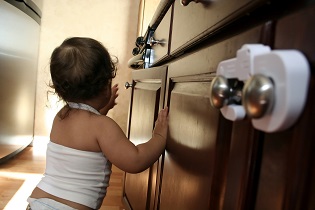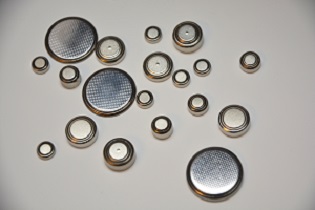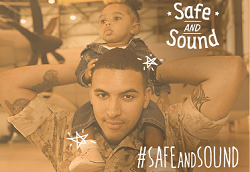When a 4-year-old Kentucky boy died of asphyxiation after choking on ground cinnamon, his broken-hearted mother shared his story in hopes others could be spared the tragedy of such a traumatic loss.
Brianna Rader of Richmond, Ky., related how her son Matty managed to climb on a kitchen countertop and find a container of ground cinnamon. He decided to have a taste and started choking. He was pronounced dead at a hospital 90 minutes later. The doctors told Brianna that Matty had inhaled the spice into his lungs.
Suffocating Truth
Suffocation is a leading cause of unintentional death among children younger than 4, a fact highlighted in a Media Planet article written by former National Safety Council President and CEO Deborah Hersman.
In the U.S., 960 kids age 4 and younger died as a result of mechanical suffocating and choking in 2020, according to Injury Facts, a statistical compilation of unintentional injuries created by NSC.
Just as startling: Infant children are more likely to suffocate in unsafe sleeping environments than by choking on food or other foreign objects. Hersman says the safest place for infants to sleep is in a crib, not in the same bed as parents. And while stuffed animals and blankets seem inviting, they should be kept out of the crib as the risk for suffocation increases.
Bigger Picture to Consider
More than a third of child injuries and deaths happen at home, according to KidsHealth.org. Young kids have the highest risk of being injured at home because that's where they spend most of their time.
But experts agree any discussion of "childproofing" your home should be expanded beyond toddlers. Unintentional injuries are the No. 1 cause of deaths for older children, as well, according to Injury Facts.
Drowning is the leading cause of unintentional injury-related death for two-year-old children. The number of poisoning fatalities, including drug overdose, increases after age 16.
Learn the High-risk Zones
Parents or guardians should be on the lookout for potential sources of injury. According to the CDC, most incidents occur where there is:
- Water: in the bathroom, kitchen, swimming pools or hot tubs
- Heat or flame: in the kitchen, in the fireplace or at a barbeque grill
- Toxic substances: under the kitchen sink, in the medicine cabinet, in the garage or garden shed, in a purse or other place where medications are stored
- Potential for a fall: on stairs, slippery floors, from high windows or from tipping furniture
Safety Tips
To maintain a safe home environment, KidsHealth.org says you should:
- Keep guns out of reach
- Keep coin lithium batteries, or "button batteries," and any devices that contain them, out of reach of children; they can be fatal if swallowed
- Keep choking hazards, toxic substances, hot and sharp items out of reach
- Have your child use safety glasses if they are involved in activities such as woodworking, science experiments involving chemicals, racquetball, paintball or other enterprises with flying debris
- Never leave young kids unattended in a bath
Devices Intended to Keep Your Loved Ones Safe
The Consumer Product Safety Commission recommends making use of 12 safety devices to protect your children, including:
- Safety latches and locks for cabinets and drawers to help prevent poisonings and other injuries
- Outlet covers
- Anchors to prevent furniture, TVs and ranges from tipping over and crushing children
- Corner and edge bumpers to help prevent injuries from falls against sharp edges on walls, furniture and fireplaces
- Knob covers, which snap over door knobs to prevent young children from turning them
- Cordless window coverings to prevent strangulation
Be Prepared
KidsHealth.org offers these suggestions to prevent injury or death:




